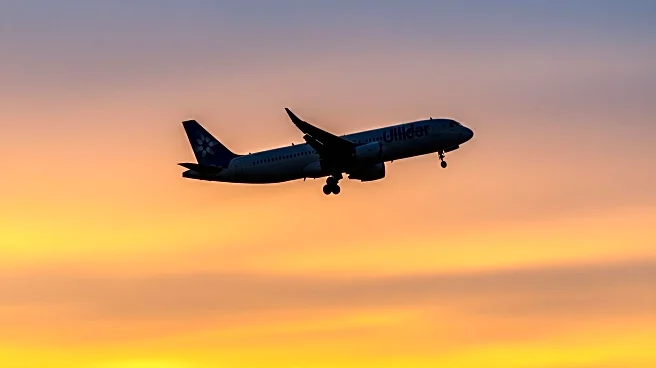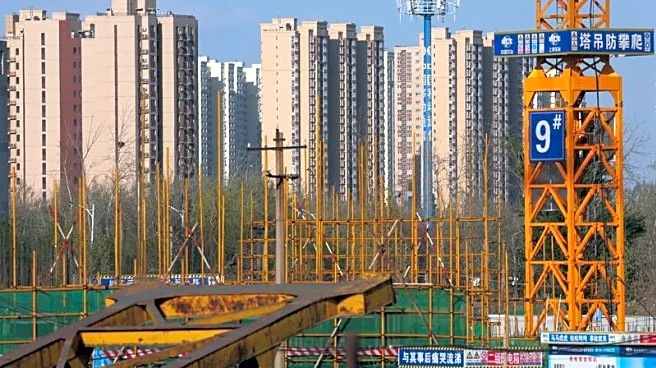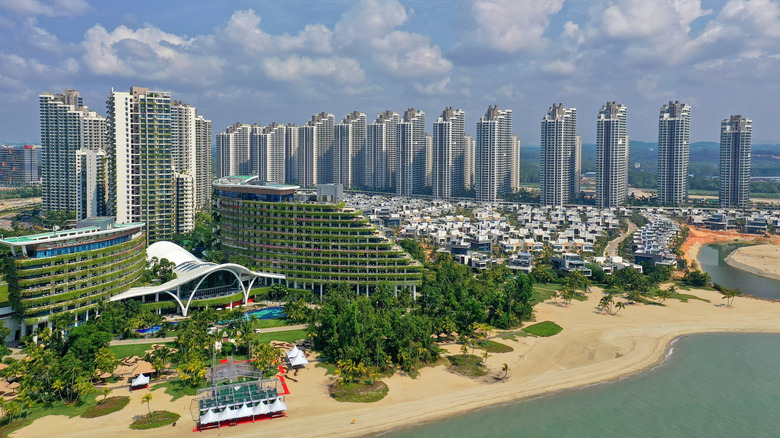
When you think of Malaysia, you might think of the futuristic and imposing Petronas Twin Towers of Kuala Lumpur, or maybe the beautiful islands that adorn the country's coast spring to mind. Some of which, like the shared island of Borneo, are the best islands to visit in Southeast Asia
. However, have you ever come across Malaysia's spooky "ghost city" that looks like it should have flying cars like in "Blade Runner"?Officially launched in 2016 by Malaysia in collaboration with Country Garden, China's
biggest property giant, Forest City was supposed to be an eco-friendly, makeshift city of dreams, complete with amenities like a waterpark, offices, bars, restaurants, and a golf course. Instead, the 7,000-acre city sits virtually derelict today. When the $100 billion project was first launched, the city was granted duty-free status and tax breaks, something that was intended to appeal to wealthy Chinese buyers wishing to buy a second home that they could potentially rent out to locals and people visiting Forest City.
However, since then, big dreams of a booming, eco-conscious metropolis have been shattered. A number of factors led to the demise of Forest City. This includes Country Garden facing financial difficulties, the lasting effects of a struggling Chinese property sector, and the Chinese government's limits on overseas real estate transactions, all culminating together with the effects of travel restrictions during the Covid-19 pandemic. Money and interest were drying up, and today, only around 9,000 people inhabit Forest City's sprawling skyscrapers. The intention was for this reclaimed island city to be home to around 700,000 people, but since many of the 28,000 housing units sit virtually empty or with only a handful of tenants, it's no wonder this place has garnered its "ghost city" status.
Read more: Unsettling Reasons You May Want To Avoid Taking A Cruise
Forest City Is A Multi-Million Dollar Ghost Town
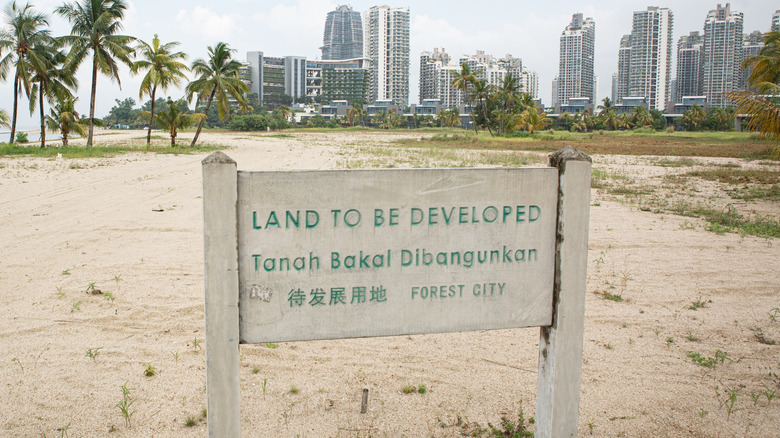
There were big hopes for Forest City to become an eco-friendly metropolis. With a huge focus on sustainability, some of its key features included a water recycling system, renewable energy sources, and advanced water conservation techniques. While the city claims to prioritize a minimal ecological footprint, it is worth noting that developers received backlash from a number of avenues, as the city was built on seagrass meadows and mangrove forests, which are home to sensitive and protected ecosystems.
Former resident of Forest City, Nazmi Hanafiah, tells BBC that after six months of living in Forest City, he couldn't do it anymore. He said, "I didn't care about my deposit, I didn't care about the money. I just had to get out." For years, the city has sat in a state of abandonment. By 2023, only 10% of the expensive project had been completed. Visitors to the region comment on the deserted beach and shopping mall consisting of various closed restaurants and bars. On the beach, a staircase to nowhere seems strangely poignant given the uncertain future and ghostly abandon of Forest City.
Furthermore, many visitors reference the stark contrast of the showroom displaying what a finished Forest City is meant to look like compared to the one they stand in. While hardly any cars pass by on the streets and an eerie quietness fills the city, the town is pristine (albeit a little too clean). However, it's nighttime that brings the biggest reminder of the city's unoccupied state. When the sun goes down, the city is brought to almost darkness as barely any lights illuminate the imposing tower blocks since there are so few people living there.
What Is The Future For Forest City?
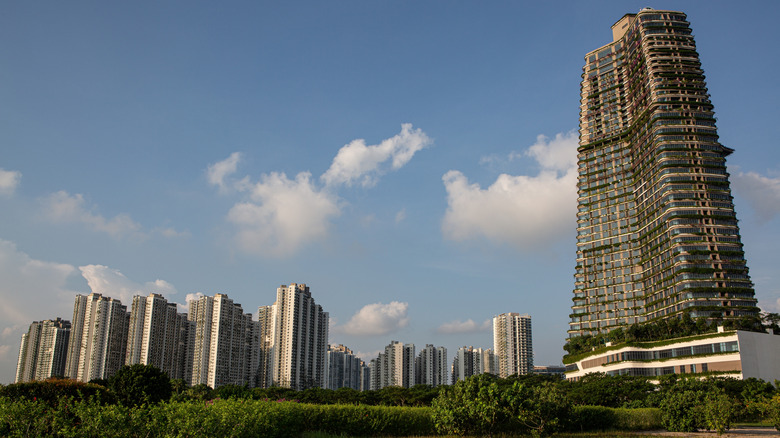
While years of stories and videos have displayed Forest City as a failed and forgotten dream, the city might finally be receiving the lifeline it so desperately needs. At the time of this writing, there is hope that factors like tax and visa incentives and focusing on local buyers over foreign investment will inject life into this forgotten city. The hope is to appeal to digital nomads, investors, and companies with a 15% income tax rate for known workers, as well as corporate tax breaks and foreign ownership benefits.
Furthermore, one of the biggest criticisms of the city is its poor links to public transport. As such, the Malaysian government has been working with Forest City officials to turn the city into a transportation hub in the future with road and rail transport networks, as well as a ferry service. Given its close proximity to Singapore, the projected new transport links will offer convenient travel between Malaysia and the small neighboring country. If you plan on checking out Forest City yourself, it's just around 35 minutes from Johor Bahru Sendai International Airport. Everybody visits Malaysia's easy-to-navigate capital city, Kuala Lumpur, but Forest City is certainly one of Malaysia's more intriguing destinations.
Ready to discover more hidden gems and expert travel tips? Subscribe to our free newsletter for access to the world's best-kept travel secrets.
Read the original article on Islands.



